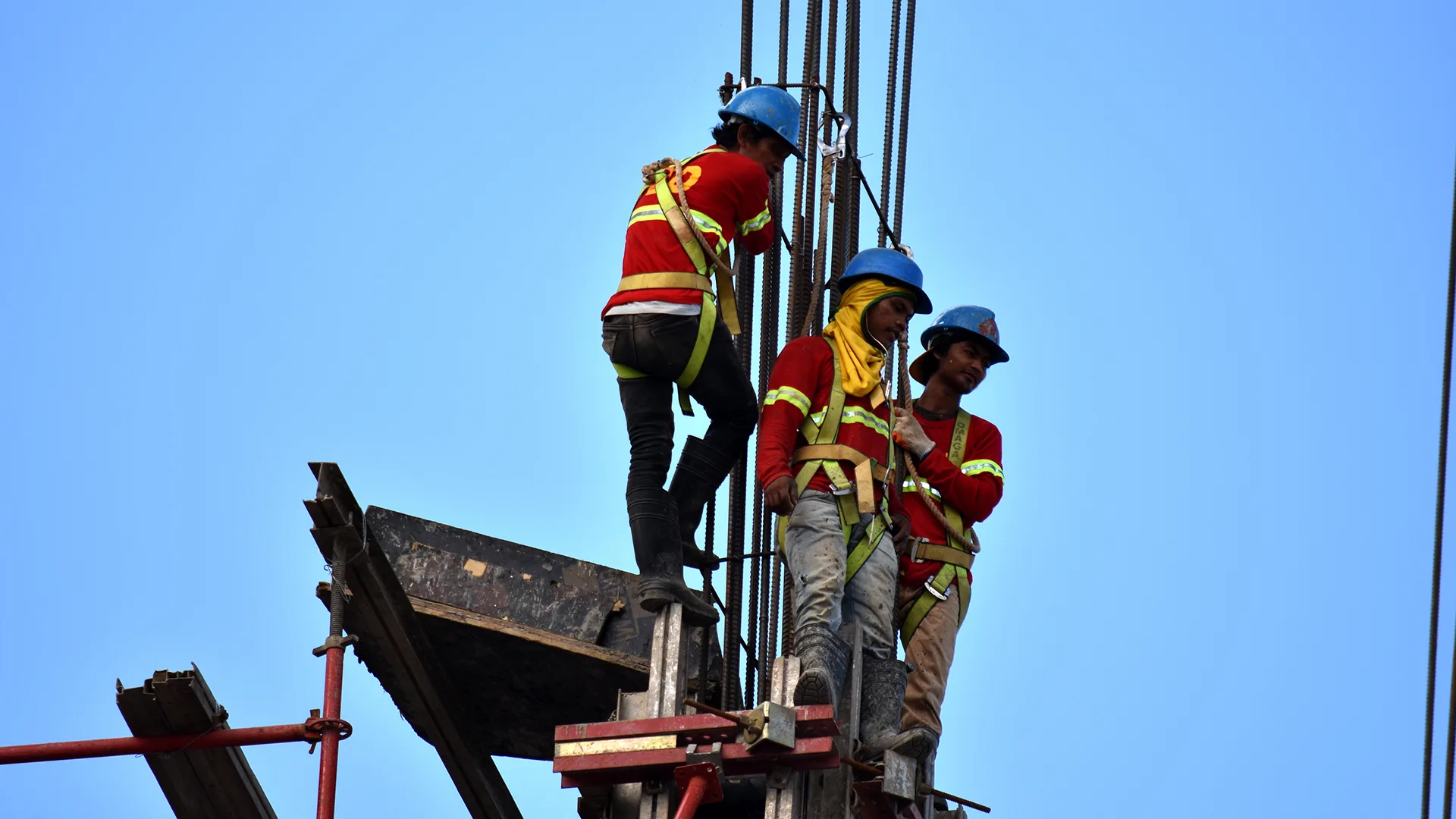SITAPUR (Reuters) – India Anticipates First Rice Production Decline in Eight Years, Fueling Speculation of Extended Export Restrictions
India, the world’s leading rice exporter, is bracing for its first drop in rice production in eight years. This decline has raised concerns that Prime Minister Narendra Modi’s government may extend limitations on rice exports to stabilize domestic food prices in the run-up to elections.
The nation’s rice production, closely watched as a result of New Delhi’s ban on non-basmati white rice exports in July, has become uncertain due to an erratic monsoon season. Various forecasts suggest that output may plummet by as much as 8% compared to the previous record-breaking year.
The combination of reduced production and persistently high domestic rice prices, coinciding with five state elections this month and a general election next year, has raised apprehension among farmers and traders regarding potential government prolongation of export restrictions.
Ramkali Bhargav, a farmer in the northern state of Uttar Pradesh, described the challenges her paddy fields faced, from early-season dry spells to floods and then unanticipated heavy rains and winds that flattened her rice crop. She lamented that a slight delay in rainfall could have significantly boosted yields.
The impact of India’s rice export restrictions has reverberated across Asia and Africa, where governments and consumers have struggled to secure this essential staple since global prices surged to a 15-year high, as India accounts for 40% of the world’s rice trade.
Continued export curbs could exacerbate food price inflation, given low inventories in other key exporting nations like Thailand, Vietnam, Pakistan, and Myanmar.
As a New Delhi-based trader with a global trade house noted, “With elections looming, the government’s hypersensitivity to food prices makes even a slight production dip sufficient to justify maintaining export restrictions.” The trader requested anonymity due to company policy.
A senior government official, also opting for anonymity, confirmed to Reuters that India has no immediate plans to lift restrictions on any rice grades.
In the year leading to June 2023, India achieved a record-breaking rice production of 135.76 million tonnes. Two major global trade houses, while withholding their identities, have estimated a 7% and 8% decline in India’s rice output for the current crop year, respectively, in comparison to the preceding year.
BV Krishna Rao, the president of the Rice Exporters Association (REA), foresees a milder production decrease of about 2% to 3%, citing the benefit of heavy rain for late-planted crops in some regions, although damage occurred in other areas.
The US Department of Agriculture forecasts a 3% decrease in India’s rice output, equivalent to roughly 4 million tonnes, resulting in a total of 132 million tonnes for the year ending in June 2024.
India’s Ministry of Agriculture & Farmers Welfare recently indicated that production from the summer-sown crop could diminish by 4% to 106.3 million tonnes, with a comprehensive output estimate available in the second report, typically published in February.
The forthcoming winter crop is anticipated to contribute significantly to the year’s overall decline. Although winter-sown paddy production has surged in recent years, it is expected to drop by nearly 20%, or up to 5 million tonnes, this year due to reduced water levels in reservoirs, as reported by a Kolkata-based exporter who requested anonymity due to the sensitivity of crop forecasts.
Government data revealed that water levels in India’s main reservoirs were at 71% of capacity in the week ending October 26, down from 89% the previous year, following an unevenly distributed monsoon season.
In India, food inflation is a highly sensitive issue, prompting the government, in its efforts to control prices, to impose export restrictions on wheat, sugar, onions, and duty-free imports of pulses.
Despite export limitations, local rice prices remain nearly 15% higher than a year ago. Simultaneously, India is considering expanding a program that provides free or subsidized cereals to over 800 million people, with declining wheat stocks necessitating an increasing reliance on rice.
Himanshu Agarwal, executive director at Satyam Balajee, India’s largest rice exporter, predicted that the government’s priority is to ensure ample rice supplies for subsidized distribution, with export considerations only likely to resurface after the general elections.
In response to India’s export constraints, Thailand and Vietnam have escalated their exports, but they have limited surpluses, as noted by Nitin Gupta, senior vice president of Olam Agri India, a major rice exporter. Gupta cautioned that if India continues to enforce the export ban, bridging the supply gap could be challenging, leading to the potential for even higher prices.
In the fields, farmer Bhargav conceded that unpredictable weather conditions posed significant challenges, and she expressed hope for better returns from the upcoming wheat crop.



